We usually end up with writing <url-pattern>/*</url-pattern> in web.xml for any Filter in servlets.
<filter-mapping>
<filter-name>requestRedirectorFilter</filter-name>
<url-pattern>/action</url-pattern>
</filter-mapping>`.
Now my doubt is how java identifies which is next servlet/jsp is? Because any request we make through
request.getRequestDispatcher("/ABCXYZ").forward(request, (HttpServletResponse)servletResponse);
to navigate on next servlet/jsp, container by default is going to search in web.xml. And in web.xml <url-pattern>/*</url-pattern> is already there for the filter we use. Exactly here actual problem begins.
If <url-pattern>/*</url-pattern> [which is acting like a universal receiver for any request] is already there in web.xml then How the heck container knows to follow <url-pattern>/ABCXYZ</url-pattern> instead <url-pattern>/*</url-pattern> ? Please share your views and knowledge on this front.
